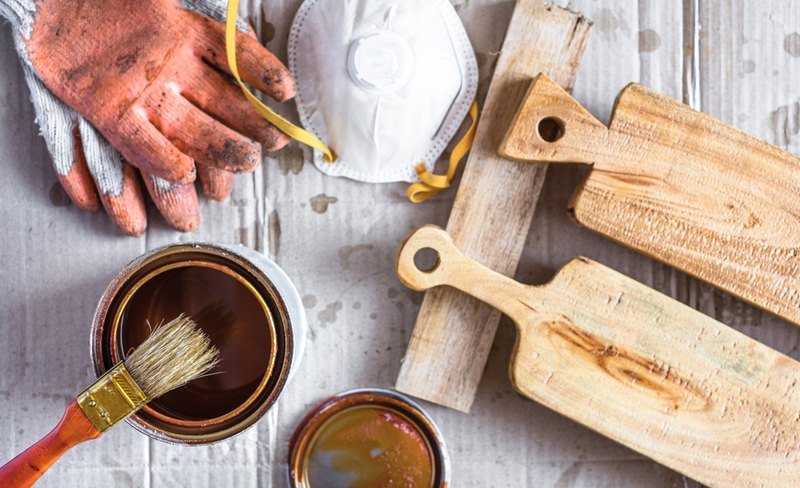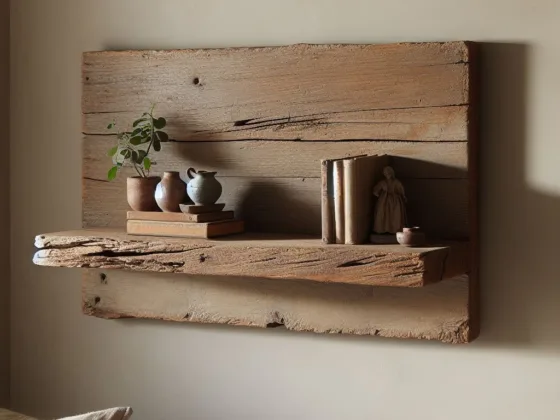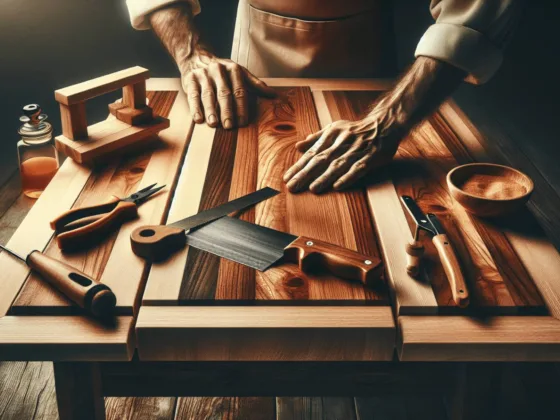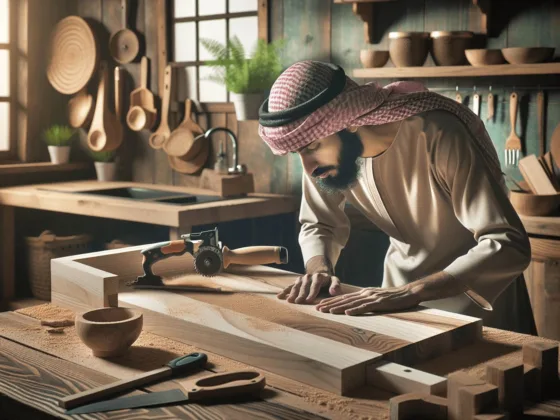Table of Contents Show
Wood is generally hygroscopic, always absorbing and letting out moisture from its environment. The moisture levels range per piece and depend on the source. It is therefore common that you have likely experienced warping or cracking of wood, leading to change in shape or dimensions.

Wet wood is generally bad for carpentry. As described by this stoneycreekwoodworks.com post, you don’t want to waste resources and materials due to wet woodworking. Being conscious of the wily ways of damp wood can keep you ahead of the game. Knowing how to maneuver your way with driftwood is necessary to reduce the imminent hassle it presents.
Professionals in the wood manufacturing and plumbing industry have to invest in monitoring the moisture content of wood for them to get the value for their timber products. Otherwise, it is technically gruesome experience on such woodworking. Wet wood rots with time due to bound moisture, unless an effort is put to dry it promptly.
Notably, woodwork with moisture content below 12% is ideal for your project; hence the need to have an off-the-counter MC measurement tool to help in knowing the MC level. Indicated below are reasons why woodworking doesn’t work with wet wood:
Read Also:
Shrinkage
Wet wood has high moisture content, and when it begins to dry, you will experience shrinking of the wood. The stakes, in this case, is that dimensions such as width and thickness will be negatively impacted, losing your initial design work.
Moreover, if you have wooden flashboards fitted together, you will end up with buckling and cupping gaps, which is quite an unpleasant sight, that leads to wasted time and effort.
Wood Damage
Wet wood is subject to gouging and tear-outs. The reason behind this is that generally, high moisture timber has much-softened fiber.
Therefore, when using a tool like a sander on such wood, the surface tends to tear instead of becoming smooth, this is because wood strength is greatly affected by any moisture content imbalance. What this creates for the plumber or wood manufacturer is constant and costly reworking.
Any projects that have ever been done with such driftwood can neither be used as shelves nor can they support the weight of a person, due to weakness brought about by continuous waterlogging and drying.
For quality control, engage the services of a kiln drying equipment so that you don’t have project stalling or reputations damage delivering below par projects that might need reworking.
Tool Wear
High moisture content woodwork can damage your tools or shorten their lifespans. Imagine using a planer or a sander on wet wood! Wet sawdust will remain on the blades and other moving parts and can gum up the works of your woodwork machines, to the extent of even causing rust on the metallic parts.
These tools are quite expensive. Hence you need to take great care as a wood manufacturer, Perhaps, the reason wet wood in woodworking might not be a rewarding endeavor.
Adhesive Problems
Handling damp wood, especially when gluing, present a situation where joints will not hold properly together with time. Once the wood dries, it tends to shrink, pulling away from the other woods.
It can be particularly disastrous with glued down flooring. Additionally, the curing process is very much slowed when using damp wood.
Improper Sanding
Sanding wet wood only leads to scratches and swell marks, and such imperfections tamper with the aesthetic appeal of the wood. Understand that such a block of wood has actually not undergone a complete transformation and will still shrink when it finally gets dried up.
Mushy Wood
Akin to adding water to sand, when using sandpaper on damp or wet wood, you are only likely to extract water from the woodwork. The result is a sandpaper that is unusable; with mushy lumber left on the surface while scraping the wood.
Conclusion
The risk that your project stalls due to high moisture content wood can be minimized by knowing the best time to proceed with your woodworking, which is when your woodwork has reached an equilibrium point with your environment.
Similarly, it advisable to purchase MC readers to help determine the level of moisture content long before you start working. Equally important is that you invest in drying equipment, like some well-placed heater, which can be ideal for your workshop.
Essentially, before you start working, allow the time for the wood to acclimate with the surrounding, this will prevent working with wet wood that has high moisture content. Ultimately this reduces common issues such as tools wearing out due to damp wood, damaging salvageable wood that could be put into better use, besides eliminating adhesive and shrinkage problems, as well as improper sanding.










